Table of Contents
In-game event strategies can make or break a game’s engagement and monetization potential. While some events drive massive player participation, others fall flat regardless of careful planning. Understanding why certain in-game events fail, and learning from those failures is crucial. This blog explores common pitfalls and highlights proven strategies that ensure your events captivate and retain players effectively.
In-game events are special time-limited opportunities where players can enjoy the game in new versions or different ways. These events can be big and announced to all, or small and local. They might celebrate holidays, seasons, or be tied to the game’s own story. Simply put, an in-game event is any limited-time chance to experience something unique in the game. This could be anything from concerts and battles to solo challenges or team missions. The possibilities are endless.
In-game events play a vital role in enhancing player engagement and long-term retention. These events introduce fresh content, limited-time challenges, and exclusive rewards that motivate players to return regularly. Whether it’s a holiday-themed quest or a competitive leaderboard event, these timely experiences create excitement and community interaction. Beyond gameplay, they also support game event monetization by encouraging in-app purchases, such as event passes or limited-edition items, increasing player investment.
From a business perspective, in-game events are powerful tools for game revenue optimization. They allow developers to analyze player behavior, tailor content accordingly, and maximize monetization windows. When executed well, events can significantly boost daily active users (DAUs) and lifetime value (LTV), creating consistent revenue streams. By offering unique incentives and social dynamics, in-game events ensure players stay engaged while delivering measurable financial returns that align with overall game growth objectives.
These events align with real-world holidays or seasons, introducing themed content and limited-time rewards. Games like Fortnite and Candy Crush Saga host events during Halloween or Christmas, boosting player retention through events by offering exclusive items and challenges.
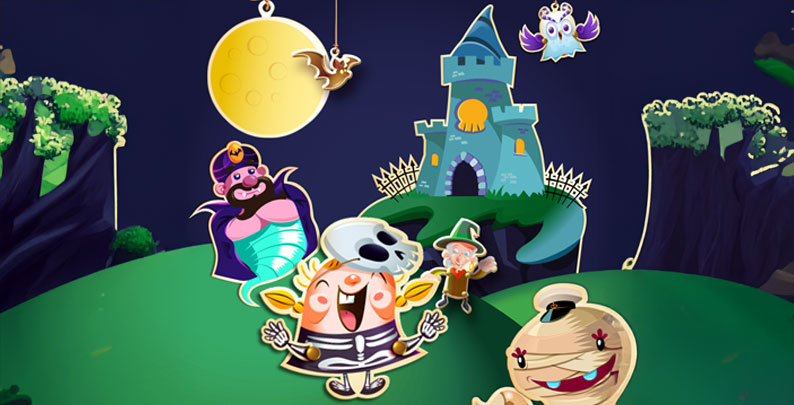 Candy Crush Saga Halloween Themed
Candy Crush Saga Halloween Themed
Competitive events where players aim for top rankings to earn rewards. Clash Royale and PUBG Mobile utilize these to foster competition, encouraging frequent play and optimizing LiveOps events by maintaining high engagement levels.
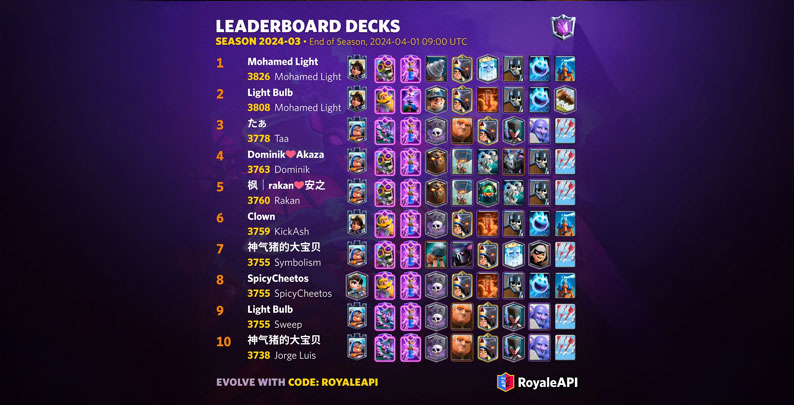
Clash Royale Leaderboard Challenge
These involve collaborative tasks where the entire player base works towards a common goal. Coin Master and Monopoly Go implement such events to build community spirit and enhance player retention through events by promoting teamwork.
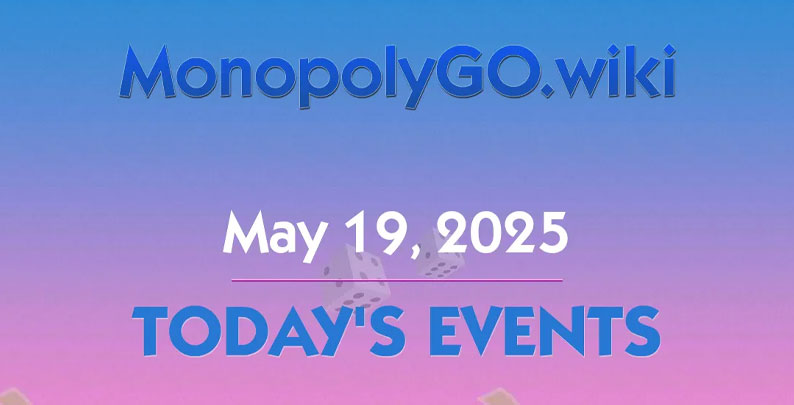 Community event by Monopoly Go
Community event by Monopoly Go
Offer exclusive characters or items for a short duration, enticing players to participate. Genshin Impact and Fate/Grand Order frequently run these events, driving game revenue optimization by increasing in-game purchases during the event period.
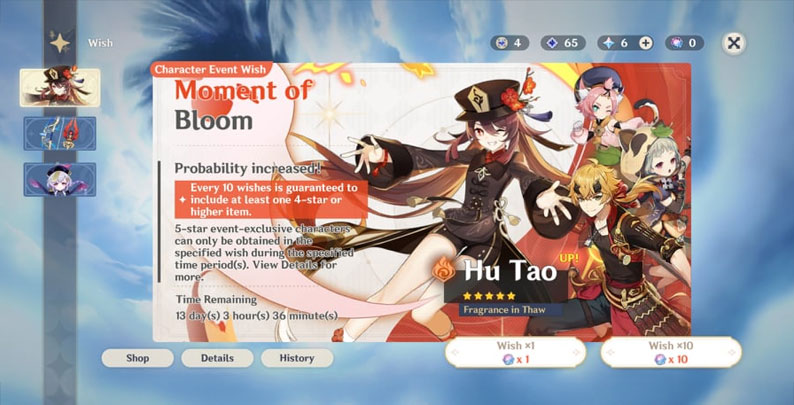 An example of the limited-time Character Event Wish
An example of the limited-time Character Event Wish
Players achieve specific in-game milestones to earn rewards. Dice Dreams integrates such events early in the player journey, enhancing player retention through events by providing clear progression goals and immediate gratification.
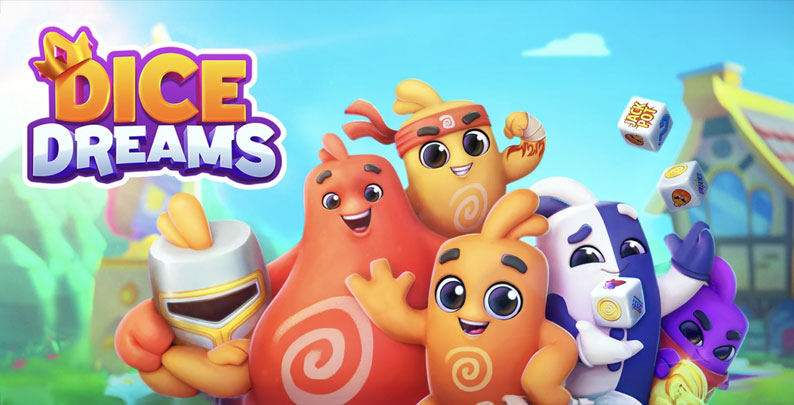 Dice Dreams
Dice Dreams
Implementing these varied in-game event strategies not only enriches the gaming experience but also plays a crucial role in optimizing LiveOps events and ensuring sustained player engagement in mobile game development.
Without clear goals, in-game events often confuse players and fail to deliver impact. Improving in-game event engagement starts with well-defined objectives, aligned rewards, and structured timelines. Events without strategic planning tend to underperform, reducing player interest and hurting long-term retention.
Launching events too frequently or at poorly chosen times can lead to player fatigue. Optimizing LiveOps events involves aligning event schedules with player activity trends and time zones. Events should feel timely and exciting, not intrusive or overwhelming, to ensure consistent engagement throughout the gameplay cycle.
When events don’t feel immersive or relevant, players often ignore them. Visual appeal and storytelling play key roles here, making game art services essential. High-quality, thematic assets that reflect the event’s narrative enhance the overall experience and motivate players to actively participate and explore.
Events lacking meaningful rewards fail to motivate players. Without well-balanced incentives, players won’t see value in participation. Game QA & testing services help fine-tune reward systems by identifying progression gaps and reward balancing issues, ensuring that incentives truly drive excitement and sustained involvement.
Players engage in in-game events for rewards, social interaction, competition, or story progression. Understanding what drives your audience, whether it’s exclusive loot, leaderboards, or narrative depth, is essential. Tailoring events to match these motivations boosts relevance and retention, making each event feel meaningful rather than routine.
Several factors impact participation: event timing, perceived value of rewards, difficulty level, and clarity of objectives. Players are more likely to engage when events are well-promoted, intuitive, and offer worthwhile progression. Additionally, limited-time availability, social mechanics, and personalization significantly improve participation rates and overall in-game event effectiveness.
Define what the event aims to achieve, whether it’s boosting retention, engagement, or revenue. Build events around a compelling storyline or theme to give players narrative motivation. Use Live Games Services to align events with your overall game lifecycle and player journey, ensuring consistency and measurable outcomes that connect to broader development and business goals.
Schedule events around holidays, milestones, or seasonal moments to capitalize on player availability and interest. Avoid oversaturating your calendar; instead, balance frequency to maintain excitement. Events that feel timely and well-spaced create anticipation and reduce burnout, which are key for sustaining long-term player involvement and avoiding drop-off between event cycles.
Incorporate competitive and interactive elements like leaderboards, co-op missions, or mini-games. Leverage social features, guild participation, community votes, and shared progress, to foster collaboration. These mechanics make players feel invested and encourage consistent return visits, turning a simple event into a shared community experience that strengthens emotional and gameplay connections.
Provide exclusive, limited-time items that create urgency. Tiered rewards appeal to both casual and hardcore players, offering value at every level of participation. This not only maximizes reward appeal but also encourages more players to engage deeply with the event, fueling excitement and ensuring higher participation across the player base.
In-game events are essential for player retention, engagement, and monetization—but only when designed with precision and creativity. At Juego Studios, we specialize in developing immersive and data-driven in-game events tailored to your game’s audience and genre. From ideation and narrative design to reward structures and LiveOps integration, we handle the full event lifecycle. Our team ensures events are not just fun, but strategically aligned with your game’s KPIs. Enhance your player experience and boost revenue with expertly crafted in-game event strategies by Juego Studios.
In-game events, when executed with precision, can significantly boost player engagement, retention, and revenue. By understanding player behavior, setting clear objectives, and continuously optimizing Live game strategies, studios can transform routine updates into meaningful experiences. Partnering with expert teams like Juego Studios ensures your in-game events are not only immersive but also aligned with your business goals, delivering lasting impact and elevating your game’s success in a competitive market.
Creating a consistently fresh experience requires strategic design, creative innovation, and continuous evolution. Below are key tactics to achieve this:
Dynamic Themes: Rotate event themes regularly to reflect seasons, holidays, or current trends.
Juego Studios leverages its Live Games Services and creative teams to help craft consistently captivating and innovative in-game events for every genre.Keeping your events fresh drives loyalty, ensures innovation with expert execution from Juego Studios.
Timing is essential to maximize visibility and participation in your in-game events. Events planned around player availability, such as weekends or global holidays, see higher engagement rates. Seasonal and cultural relevance also plays a crucial role, leveraging Halloween, Christmas, or New Year can drive excitement. Additionally, announcing events in advance with countdowns builds anticipation. Staggering smaller events between major ones keeps the calendar active without fatigue. Juego Studios offers data-driven support and experience-backed planning to help you roll out events that align perfectly with your target audience’s behavior.
Choosing the right event type hinges on your audience’s interests, play style, and progression. Here’s how to approach it:
Understand Player Archetypes: Know if they’re completionists, socializers, or competitive players.
Juego Studios crafts tailored events that resonate deeply with your player base, using analytics and industry best practices. Audience alignment increases participation—partner with Juego Studios for event types that maximize interest and engagement.
A well-designed in-game event must stand out visually while maintaining the overall aesthetic of the game. Using vibrant and thematic UI elements, animated transitions, and customized icons can elevate user attention. Clear indicators for milestones, rewards, and time limits also improve navigation and urgency. Visual consistency, paired with dynamic event screens, boosts both recognition and participation. High-quality artwork, when paired with optimized UX flow, ensures an immersive experience. Juego Studios provides game art services that ensure your event is not only visually striking but also optimized for usability across devices.
Encouraging repeat participation starts with structured design and long-term incentives. Tiered rewards encourage players to keep progressing, while daily or time-gated objectives bring them back consistently. Including cooperative and competitive leaderboards also taps into social motivation. Limited-time collectibles, achievement badges, and evolving narratives contribute to long-term investment. Integrating feedback loops, such as reward previews and post-event analytics, also informs player decisions. Juego Studios excels at designing reward systems and engagement loops that align with user behavior, keeping players active throughout your event lifecycle.
Planning successful in-game events means avoiding key mistakes. Below are common pitfalls and how to avoid them:
Juego Studios helps clients avoid these pitfalls with professional LiveOps strategy, event testing, and data-driven planning. Avoiding these pitfalls ensures a smoother, more engaging event. Let Juego Studios help you refine and perfect your strategy.
A well-planned in-game event involves multiple components that affect cost. Here’s a breakdown of typical cost ranges:
| Component | Estimated Cost Range |
| Concept & Narrative Design | $1,000 – $3,000 |
| UI/UX & Visual Asset Creation | $2,000 – $6,000 |
| Gameplay Mechanics Development | $3,000 – $10,000 |
| Integration & Backend Logic | $2,000 – $5,000 |
| QA & Testing | $1,000 – $3,000 |
| LiveOps Monitoring & Analytics | $1,500 – $4,000 |
| Total Estimated Cost | $10,500 – $31,000+ |
Juego Studios provides custom event development packages that fit your goals and budget, while ensuring high-quality execution. Budget varies based on scope, Juego Studios can help you balance cost and quality for maximum impact.